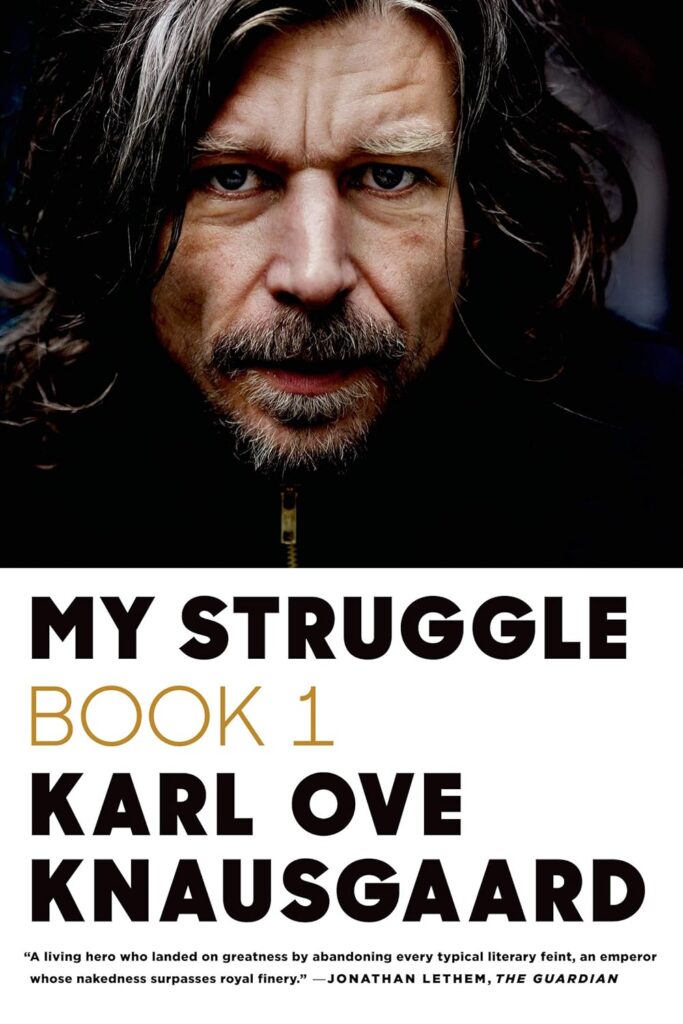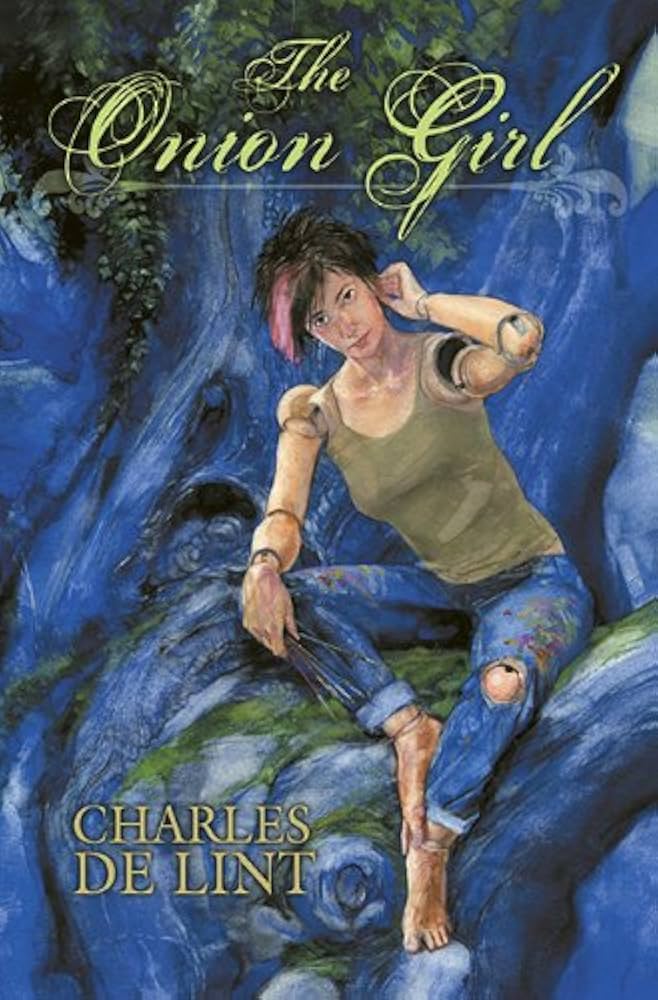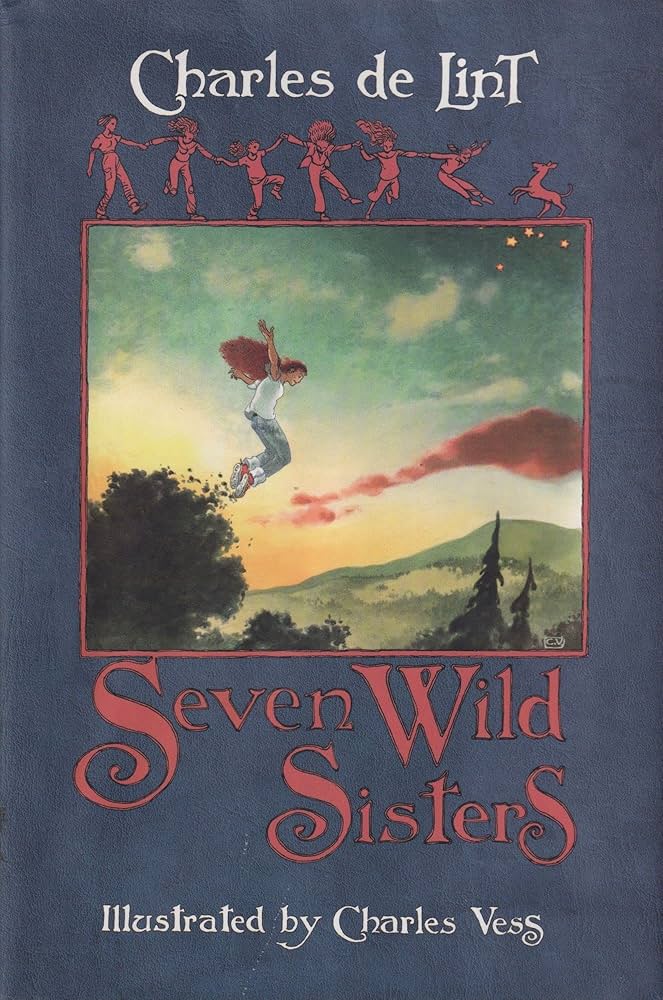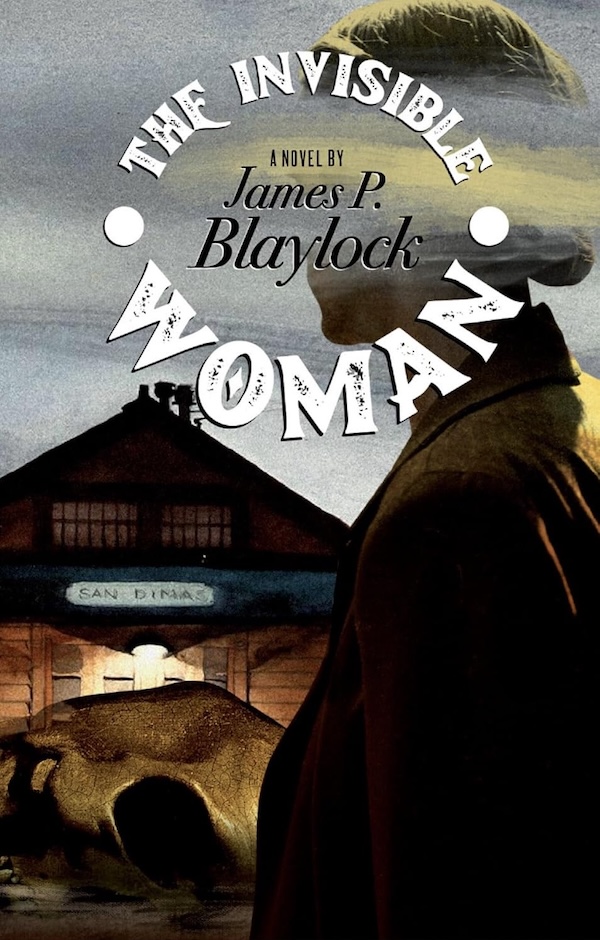Enchanted Rock is a strange geological phenomenon outside Fredericksburg, Texas. As a State Park, it’s a heavily visited place, as it’s close to the cities between San Antonio and Austin. Since 1988, when I first arrived in Texas, I’ve visited this park several times, and passed through or visited Fredericksburg even more times than I can count.
However, the last time I climbed the Rock was close to 17 years ago, when I took my brother there. He was visiting from Norway. We rented a house in Fredericksburg in winter and climbed up the Rock on a windy winter day. On the way back to San Antonio we did some wine tasting, and fortunately had someone else as a driver.
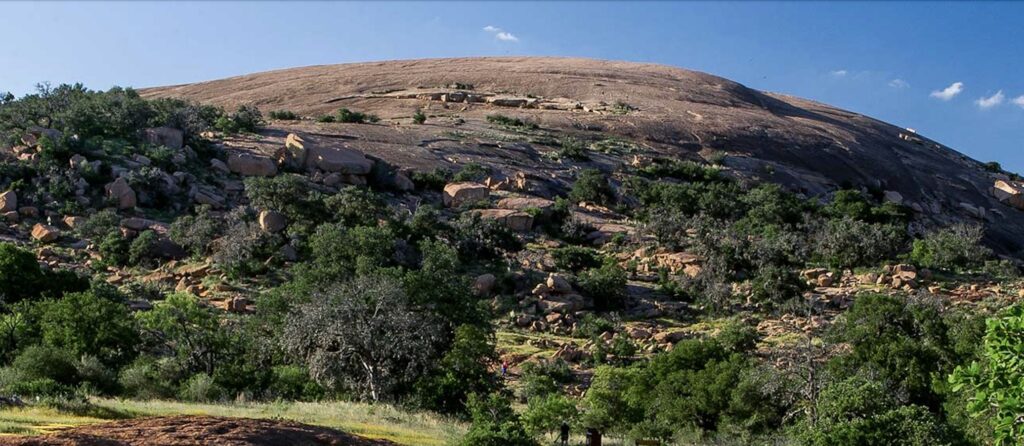
The hike to the summit is almost straight up. There is no trail once you get on the rocky surface. The views from the top as you look over the Hill Country are spectacular. It was a cloudy day when I was there, which at the end of April meant it wasn’t too hot.
This time, I went by myself, and decided to mix in some hiking around the park. All the other times that I’ve been there I’ve only gone up the Rock, as I’ve been with small kids or non-hikers. On weekends, it’s a popular destination, so I had to make a reservation online. The trip takes around an hour and a half from my house. The last 20 miles are on a narrow winding road, and soon I was part of a convoy stuck behind a nervous driver. My reservation was for an entry at 10:30am, and I planned my trip almost to the minute. I arrived at the park entrance at 10:28am. The ranger on duty took my reservation printout, marked something on it and returned it along with a map. I parked at the first available spot, which wasn’t the smartest thing. I’d planned on hiking the Loop Trail, which wound around the outside of the Rock for about five miles. The start of the trail was not close to where I parked, so I had to walk on the park road a bit to get to the trail. Never having attempted any hiking in the park, I simply went for the first open spot.
The park has several campsites near the entrance, as well as primitive sites around a mile or two away from the main parking areas. I’ve tried to book some of those sites in the Fall, but without luck. You have to book them far in advance during the cooler months, and I tended to wait until it was too late. I carried a pack with water, snacks, and some emergency gear, just in case. Water’s important in the Texas heat.
For the Loop Trail I went clock-wise, starting at what could be considered the nine-o’clock mark. The trail itself is well marked, wide, and mostly made of grushed gravel. There are places here and there where heavy rains have carved a deeper path, but for the most part it’s an easy walk. At one point, the trail diverged. I took the path that went past the Walnut Springs primitive camp sites, as the map indicated it would hook up with the main trail again. In the first few spots of that primitive camping area I saw some tents, but also many open spots. At the end of the camp site area the trail narrowed to a single track path. I was all alone here, and walked in silence. Aside from some lizards and buzzards I saw nothing on this spur. The trail rejoined the Loop trail near Moss Lake campsites. I didn’t see the lake itself, and went on, meeting some other hikers along the way.
As the trail neared the main area of the park, it narrowed to a single track again. I passed some hikers, several who had dogs on leashes. Here the path was rocky, and you had to watch your step. At the end of the Loop trail I paused for a snack, then shouldered my pack again and headed for the Summit Trail.
There were many more hikers on the Summit Trail, as anyone who comes to Enchanted Rock comes here to climb the Rock. It’s just under a mile from parking lot to summit. The rock is bare, pockmarked with holes of varying sizes. Some of these contained water. At times there was some vegetation, but as a photo shows it’s mostly a big rock. What you don’t see is on the other side, where slabs of the rock have fractured and slid down, or are in the process of sliding down. The Rock is slowly disintegrating. I turned and headed back down, then drove into Fredericksburg, where I had a beer and Wienerschnitzel at a biergarten. I walked along main street first, which is mainly shops now, with few places to eat. How the place has changed. Then I left town, passing winery after winery. It’s no longer the place I remember, but at least the Rock is there still.
Just remember, if you plan to visit on the weekend, make your reservation first.
